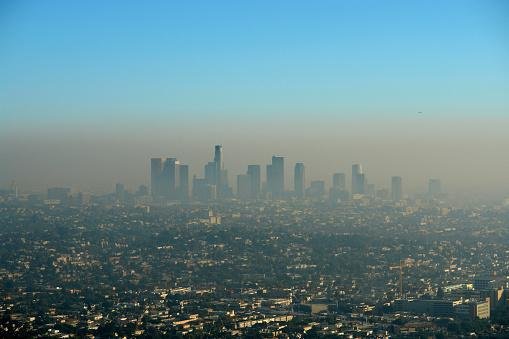A study led by researchers at Monash University in Australia revealed that only 0.18% of the area of planet Earth has adequate air and pollution levels considered safe by the WHO (World Health Organization).
According to research data, only 0.001% of the world’s population lives in these regions with the cleanest air.
To arrive at the conclusions, the scientists compiled data on the concentration of PM2.5 particles in the air – this is the name given to particles of pollution up to 2.5 micrometers in diameter, suspended in the air, resulting from the combustion of fossils. for example fuels used in vehicles, power plants and residential heating. Because they are so small, they easily enter the lungs and can cause problems for human health.
The research says that although this factor is one of the main factors responsible for the world’s burden of morbidity and mortality, “there have been very few studies in recent years that provide global spatio-temporal variations of daily concentrations of PM2.5.” Using the DEML machine learning technique, the authors compiled ground-based measurements of these particles at 5,446 tracking stations from 65 countries around the world.
The article describing the study was published this month in the scientific journal. Lancet Planetary Health.
What are the main findings of the study?
According to project lead researcher and Monash professor Yuming Guo, the approach “reduces global daily surface level PM2.5 concentrations at a high spatial resolution of about 10 km × 10 km for spherical grid cells in 2000-2019, Focusing on areas above 15 µg/m³ [microgramas por metro cúbico]Recognized as the safe border by WHO”.
The results showed that globally, In 175 countries, the annual weighted average concentration of PM2.5 in the population for the period 2000–19 was estimated to be 32.8 µg/m2.3. Using the WHO equation resulted in a problem area (SD) equal to 0.6. This means that air quality is below WHO-recommended limits and has the potential to affect the health of people, especially those most sensitive to pollution.
The highest concentrations of PM2.5 were found in East Asian regions (50.0 µg/m3) and South Asia (37.2 µg/m3), followed by North Africa (30.1 µg/m3).
Source: Tec Mundo
I’m Blaine Morgan, an experienced journalist and writer with over 8 years of experience in the tech industry. My expertise lies in writing about technology news and trends, covering everything from cutting-edge gadgets to emerging software developments. I’ve written for several leading publications including Gadget Onus where I am an author.












